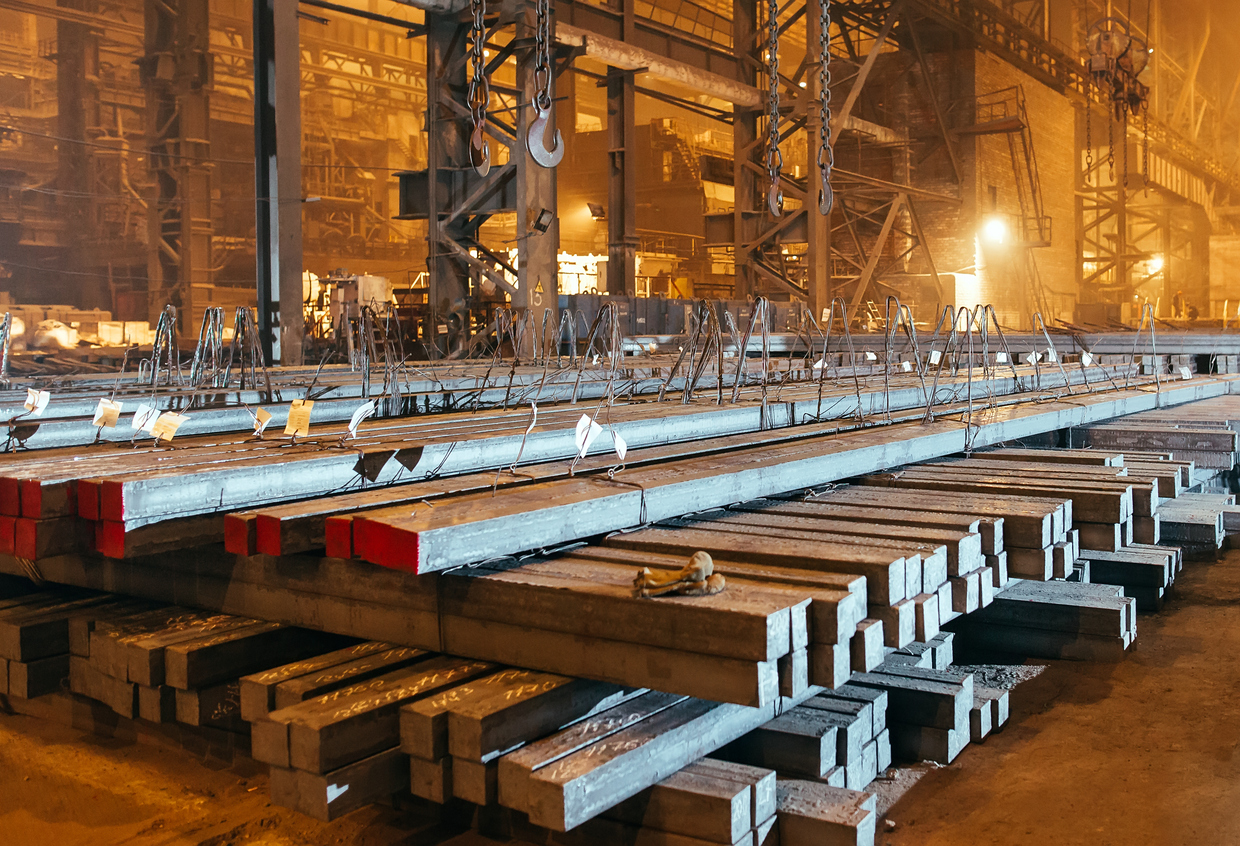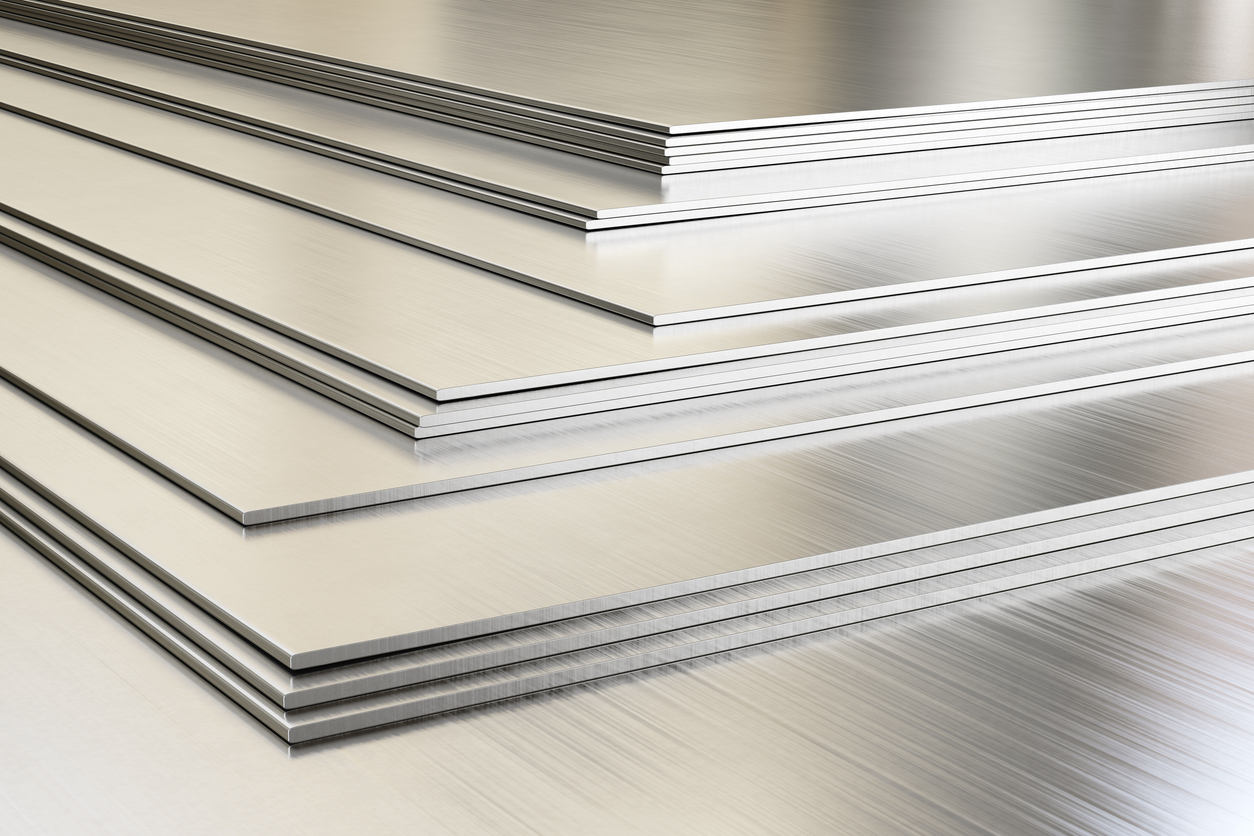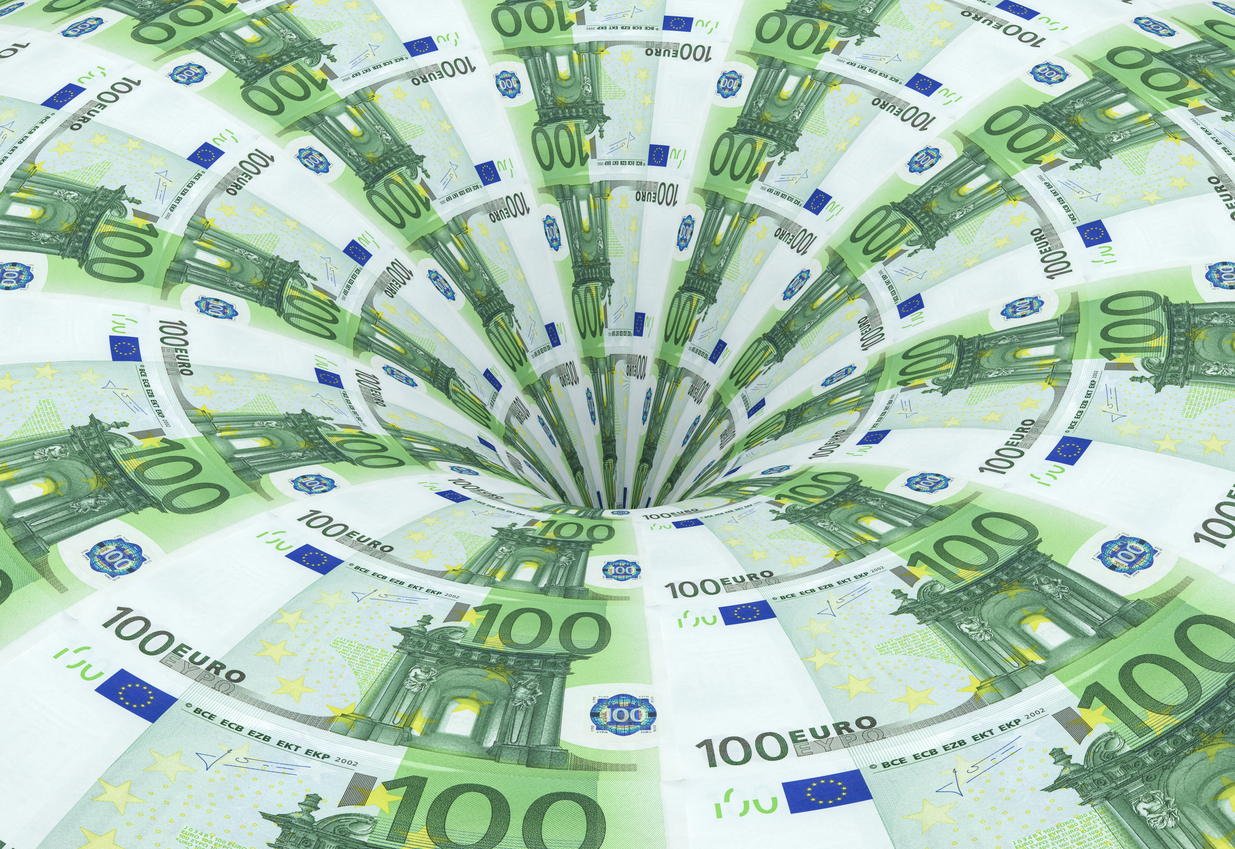
How the New Import Quota Could Trigger a “Perfect Storm” for Manufacturing
Today’s geopolitical climate means the EU is pulling out all the stops as it tries to balance economic protectionism with its net-zero carbon goals.
Under the Commission’s Steel and Metals Action Plan (SMAP) the Commission has submitted to the European Parliament and the Council a legislative proposal introducing a new steel-import quota system. It aims to address the negative trade-related effects of global overcapacity on the EU steel market, and would replace the current safeguard measure, which under WTO rules is due to expire on 30 June 2026.
Under this proposal, steel import volumes into the EU would be capped at around 50% below 2024 levels, and by as much as 60% for stainless steel. Once those quarterly quotas are exhausted, import duties would double overnight from today’s deterrent rate of 25% to a prohibitive 50%.
These highly disproportionate restrictions are being fast-tracked in parallel with CBAM, which comes into force on 1 January 2026. Yet, despite coming into effect in less than two months, key parameters remain unknown, forcing importers and distributors to contract without knowing their future tax liabilities.
“In theory, the two measures are distinct – one trade-related, one environmental – but in practice, they interact. However, DG TRADE has declined to assess their combined impact on supply, arguing that CBAM is not a ‘trade measure’. In reality, the issue lies partly in the institutional divide: CBAM falls under DG TAXUD’s remit, and joint assessments between the two services are often easier said than done.”
A European Manufacturing Crisis Foretold
Unsurprisingly, the simultaneous implementation of these two instruments is already sending shockwaves through Europe’s industrial supply chain, as the new quota system risks repeating the 2021 post-COVID-crisis of shortages, record prices, and production shutdowns across multiple industries.
Essential Quantities at Realistic Prices
Steel is not a branded luxury good that can absorb a 25% price hike, let alone 50%. The combined effect of these two duties simply ensures that import quotas are never exceeded. Precisely the Commission’s intention. However, with stainless-steel quotas cut by 50% to 60%, EU mills would need to fill that gap.
The question is whether EU mills can meet demand across all stainless categories — especially for long products — and at workable prices. After all, theoretical capacity cannot be turned into real production overnight.
Price Hikes
Despite weak demand, European steel prices have already begun rising in anticipation of the new measures. With reduced import volumes, unknown CBAM costs, and limited affordable EU supply in several product segments, further price increases are inevitable.
This combination of scarcity and cost inflation will ripple through the entire industrial supply chain, undermining competitiveness well before the measure is even reviewed in 2028 — two years after its implementation.
Downstream Disruption
In effect, the simultaneous introduction of both measures rolls out the red carpet for cheap imports of finished products, blowing European sustainability goals out of the water entirely. The eventual consequences are easily foreseeable:
- Skyrocketing production costs for European manufacturers, already burdened by higher labour, energy, and regulatory expenses than their global competitors.
- A surge in cheap imports of finished products such as machinery, parts, appliances and countless other goods – unaffected by CBAM or quotas.
- Closures of production lines and relocations as EU-based producers lose competitiveness in their own market.
- Loss of export competitiveness as EU-made goods incorporate higher-priced steel due to the combined effect of quotas and CBAM.
In short, the proposal threatens to severely destabilise the continent’s manufacturing base and accelerate deindustrialisation.
“The Commission’s current approach risks undermining the very backbone of European industry: the speed and scope of this reform threaten to destabilise far more than they protect.”
The Missing Voice: Europe’s Fragmented Manufacturing Base
Unlike the major integrated steel groups, which maintain one of the most powerful lobbies in Brussels, the tens of thousands of small and medium-sized manufacturers that rely on affordable steel have no unified voice defending their access to raw materials. Most industry associations represent final-goods sectors – not the metal supply chain that feeds their production.
This imbalance has allowed the debate to focus narrowly on protecting steelmakers, while ignoring the broader industrial ecosystem. Yet when downstream firms suffer, the shockwaves cascade down the entire value chain, from local SMEs to major exporters. Ultimately, Europe risks producing expensive steel for factories that no longer exist.
“A strong upstream sector is meaningless without a strong downstream one – and without both, Europe will lose not only its factories but also its industrial autonomy.”
It’s Not Too Late to Course Correct
EURANIMI is calling upon the European Parliament, the Council, and all stakeholders across the manufacturing value chain to make their voices heard during the legislative process and help bring greater balance to the Commission’s proposal. Europe cannot afford to protect its steel mills by sacrificing the tens of thousands of downstream SMEs that depend on them.
Interested in finding out more about what we do and why we do it? Here’s the link.
Related Articles
Case Documents
Please log in as a member to consult all related case documents.



